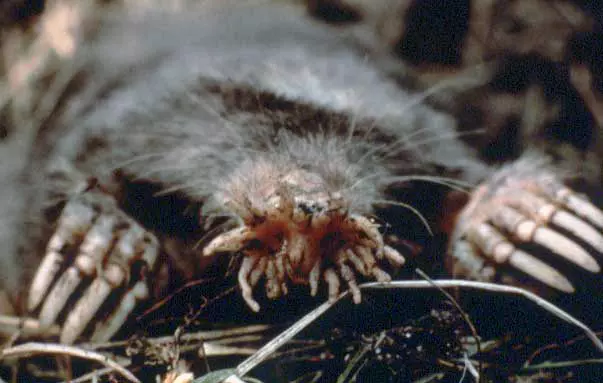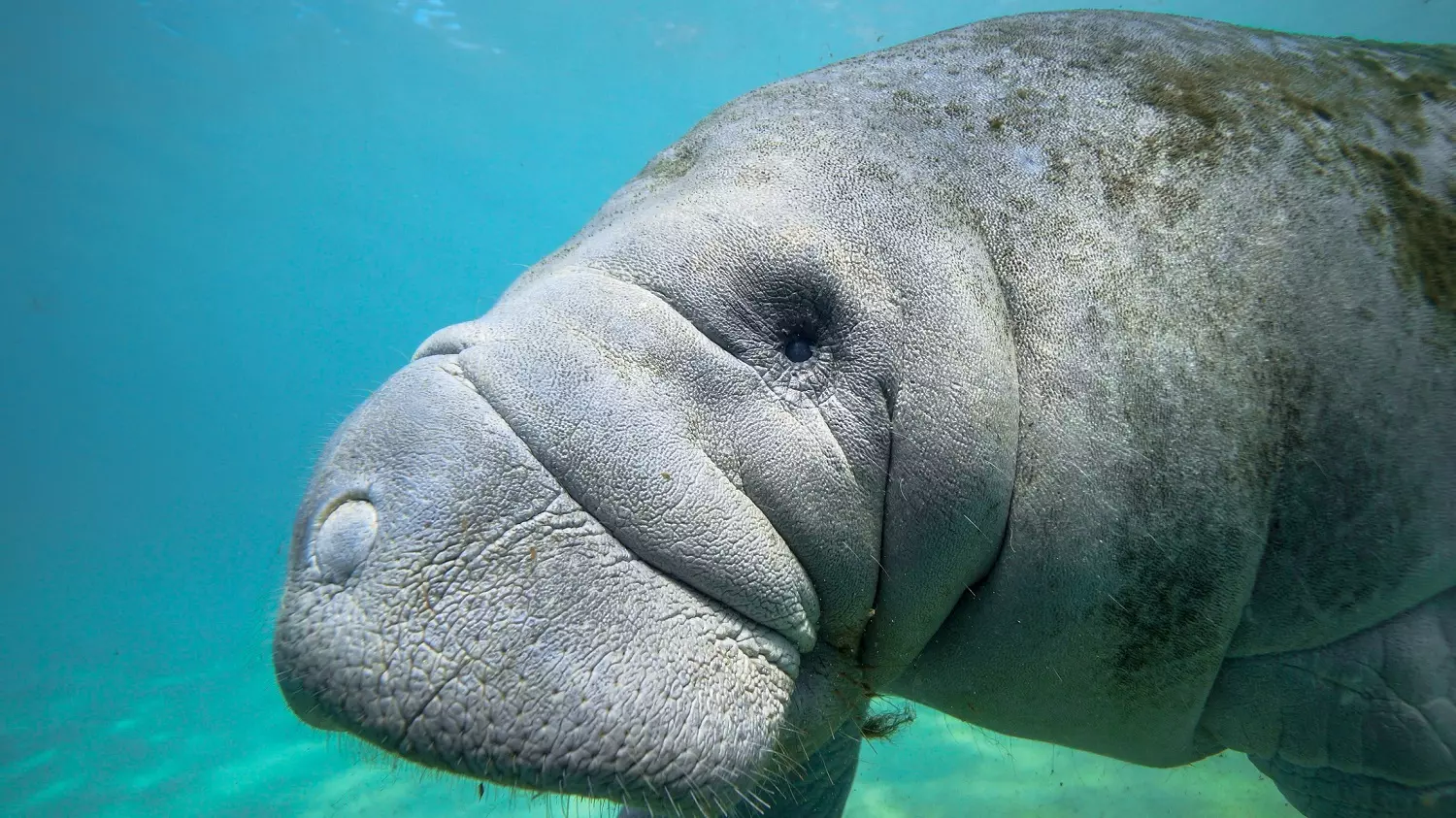Everyone is impressed by the eagle’s sight, the dog’s sense of smell, and the hearing of the bat using echolocation to navigate in the darkest of nights.
God has created animals with great senses, but what about their sense of touch?
We often think of our own sense of touch, especially the sensitivity of our hands. If someone loses his contact lens in the carpet, we often get on our hands and knees and feel for the missing lens with our hands. We think we are the masters of the sense of touch.
But are we? We are going to look at two animals with a superior sense of touch to that of our own.
Star-nosed mole 
The star-nosed mole is about the size of a hamster and lives in wet lowland areas near water. Their range is from southeastern Canada through the northeastern U.S. They dig shallow burrows like other moles, but they are also great swimmers. Their favorite prey are earthworms and grubs, but when underwater, they hunt aquatic insects, small amphibians and minnows.
One of the best places for this mole to dig his burrow is on the shore of some pond and his exit is underwater. The star-nosed mole is active both day and night and remains active in winter, where it can be seen tunneling through snow and swimming under the ice.
These moles are one of only a few mammals that can actually smell underwater. They do this by blowing air bubbles onto objects or scent trails and then inhaling the bubbles to carry scents back through the nose.
When you see a picture of the star-nosed mole, you look at that nose and think, What is that? And here is where the sense of touch comes in. Attached to this mole’s nose are 22 fleshy finger-like appendages that ring the nostrils. These appendages are covered with 25,000 minute touch receptors known as Eimer’s organs that are about 6 times more sensitive than the human hand.
Because this mole is almost completely blind, instead this organ acts as its eyes as it surveys its tunnels “looking” for prey. Each appendage is in constant motion as the mole searches for worms, grubs or any insect that happens to be using his tunnel. These appendages do not contain bone and are not used to capture prey.
What is just as amazing is the speed at which this mole can identify prey. Although its nose makes up only 10% of the star-nose mole’s mass, half of its brain is devoted to processing information acquired by its feeling organ. Once its sensors have felt something it takes only 8 milliseconds to decide if the object is edible or not. And then it gulps it down in only 120 milliseconds. This speed is at the upper limit of the speed neurons transmit information in our brain. To accomplish the same type of movement as the mole we would need 600 milliseconds.
God knew that this mole would need a sense of touch if it would ever be able to find its dinner in a very dark tunnel.
Manatee
Manatees are large, fully aquatic marine mammals. These large, slow moving animals are herbivorous, eating plants found in quiet rivers and bays. They use their flexible, prehensile upper lip to gather up to 110 pounds of food each day, spending as many as seven hours just feeding.
Because manatees frequently inhabit murky waters, although it has good hearing, its sight can be of little value. And, unlike their dolphin neighbors, the manatee cannot use echolocation. To compensate, God has created the manatee with very sensitive facial whiskers and body hairs that allow it to interpret its surroundings in high-resolution.
When something in a manatee’s aquatic environment produces water movements, the hairs detect these movements, and transmit the signals to its brain. Scientists have worked with trained manatees and learned that they can detect water displacements of less than a micron (a human hair is about 100 microns wide). Scientists believe that the manatee’s touch-sensitive hairs may be helpful for navigation by sensing currents and also by feeling changes in water flow around fixed obstacles.
Both the star-nosed mole, and the manatee are examples of the care and genius of our amazing Creator God.
I will consider all your works and meditate on all your mighty deeds. Psalm 77:12








Great article! What a strange coincidence it was posted. Yesterday I was writing a blog I named Armored Above and Below about the armor-like scales and scutes of the American Alligator. They look so tough and formidable. Yet many of the scales, especially around their face, have integumentary sensory organs more sensitive than our fingertips! It reminds me of Christ’s call to be wise as serpents and harmless as doves. We sometimes need both sides to make it through this world! Again, thanks for a great article Mr. Velting. I especially love this that teach us more about God’s creations. William — “What a wildly wonderful world, God! You made it all, with Wisdom at Your side, made earth overflow with your wonderful creations.” Psalms 104 The Message